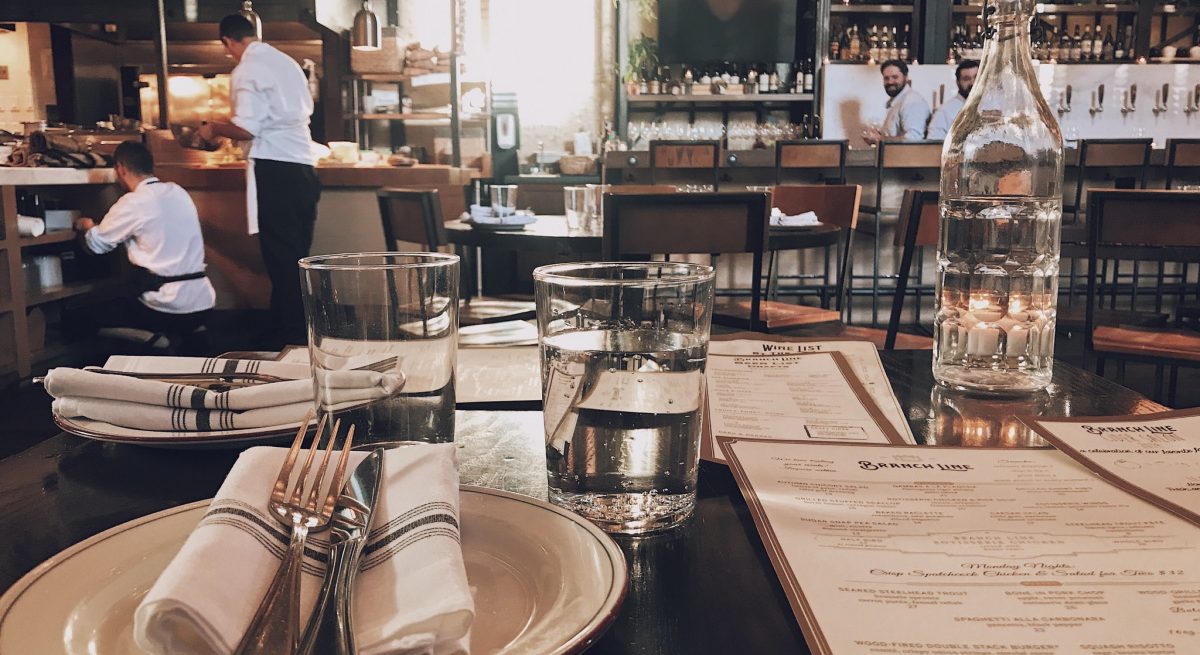Restaurant Trends for 2020 (and Beyond)
4 Min Read By Neal Lefebvre
2019 was the year of convenience in the restaurant business. Online ordering, curbside to-go, self-ordering kiosks, and third-party delivery services dominated the restaurant landscape; these trends were so predominant that you'd now be hard-pressed to find a restaurant that doesn't offer at least one of these services.
So what new trends will 2020 bring?
Will demand for convenient ordering options continue to grow? (Yes.) Are drive-ins back? (Probably not.) Will we see the return of the Windows 7 Whopper? (Definitely not.) Here's what you can expect in the restaurant industry in 2020.
A More Dedicated Workforce
Attitudes about restaurant jobs are shifting; the labor market is tight and the minimum wage is going up, and fewer and fewer employees consider their positions to be temporary. Now more than ever, restaurant employees are taking their jobs seriously—and restaurants who don't offer employees the benefits of full-time corporate jobs are already seeing higher turnover.
2019 was the year of customer convenience, and 2020 will be the year of customer satisfaction
Many restaurants are starting to offer unique benefits to attract and retain employees. Starbucks offers complete benefits, including PTO, health coverage, retirement planning, parental leave, tuition reimbursement, and more. In-N-Out Burger extends benefits to its part-time employees. And tools give employees instant access to their wages, without waiting for payday.
There are ways to earn your employees' trust beyond benefits. Offer better meal allowances than your competition, for example—a USA Today study shows that employees work harder when they aren't hungry. Be generous with your employee meal allowances, and you'll have happier (and more productive) employees.
There will always be employees whose ambitions are limited to punching in, punching out, and getting paid—this is true across all industries, not just in restaurants—but a growing percentage of the restaurant workforce is becoming engaged in their work. Restaurant operators who treat their employees well will see better performance and lower turnover.
Consolidating Technology
The number of different systems in restaurants has been rapidly increasing. You probably have a system to manage your payroll, another for sales, one for inventory, one for security, one for data analysis—and more. That's a good thing—these systems automate manual processes and help identify opportunities for restaurant owners to improve their businesses. But can you name all of the systems you're using? If not, you could probably use some help keeping track of them. And wouldn't it be nice if you could access them all together?
Technology dashboards are a growing trend in the restaurant industry. Dashboard services bring these disparate systems together and present them in a single tool, allowing managers, leaders, and owners to quickly gain a holistic view of their restaurants.
Dashboards also have the added benefit of consolidating data from multiple different systems, giving restaurant operators information that wouldn't otherwise be apparent. Want to see how a store's sales correspond to which employees are working at the time? Bringing the sales and scheduling systems together can tell you which employees produce the biggest numbers, and which employees could use some coaching.
With so much information at your fingertips, it would be a shame to let it go to waste. Look for software that can bring all of your technology systems together in a single dashboard.
Focus on the Basics
It seems like every year, restaurant margins get tighter—and the current labor market combined with increasingly complex technology requirements make operating a restaurant harder than ever. It can be difficult just to keep the lights on, much less implement any new, disruptive innovations to the industry. That's why 2020 will see a focus on the fundamentals.
When Vince Lombardi began coaching the Green Bay Packers in 1961, he famously walked onto the field holding a football and said, "Gentlemen, this is a football." The team had made it to the championship the previous season, but even a seasoned team isn't above the basics. Lombardi didn't take the team's previous success for granted and started his tenure by focusing on the fundamentals. The Packers won the championship the following season.
Find out what makes your restaurant great, and do it better. Find out what makes it not-so-great, and try to do that better, too. With so little margin for taking risks, restaurants need to focus on improving speed-of-service, reducing wait times, and improving the customer experience. Find better ways to eliminate re-work and do as much prep as possible. Employees shouldn't be idle, even when it's slow—there's always something that can be prepped or cleaned. You probably already know this—but it'll be more important than ever to act on it in 2020.
The fundamentals don't just apply to the front of the house—find ways to improve operations behind-the-scenes, too. Take a look at scheduling and forecasting to make sure you have adequate coverage ahead of time. Keep your finger on the pulse of your neighborhood so you can be aware of new competition or changes in customer demand. Take the time to read—really read—your sales and inventory reports to look for process improvement opportunities. And perhaps most importantly, take a look at your software tools—they can help you do all of these things better.
2019 was the year of customer convenience, and 2020 will be the year of customer satisfaction—satisfaction obtained by taking what you do today and doing it better. A more dedicated workforce will improve the quality of your restaurant. Consolidating your technology will make it easier to operate. And focusing on the basics will keep your customers satisfied by showing them that their trust in you was well-earned.
You don't need to reinvent the wheel to succeed. Do what you do best, and success will follow.


